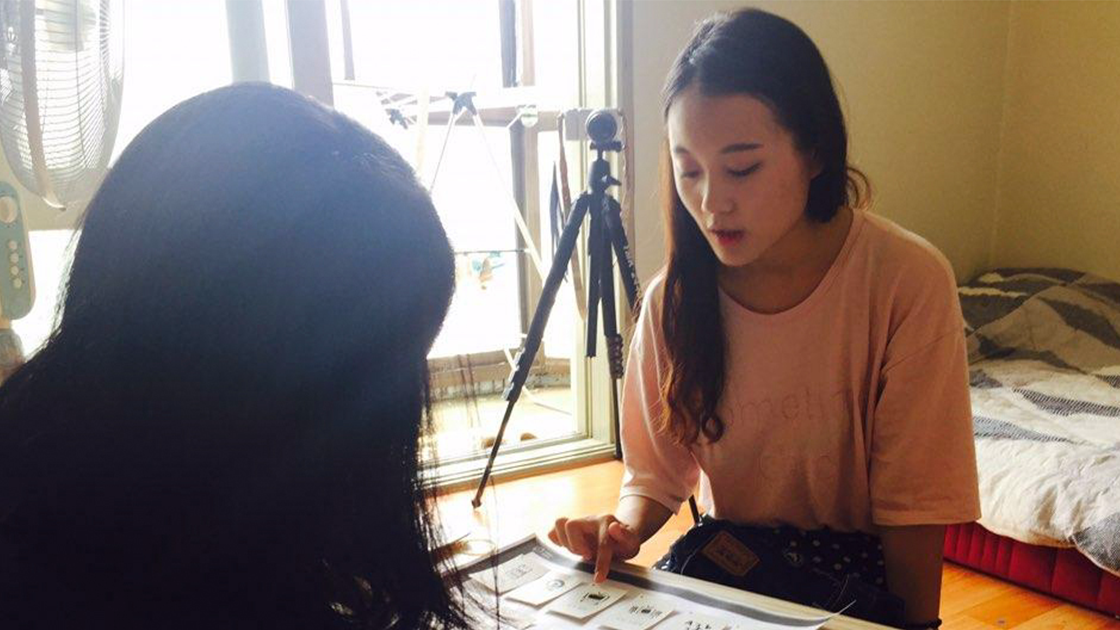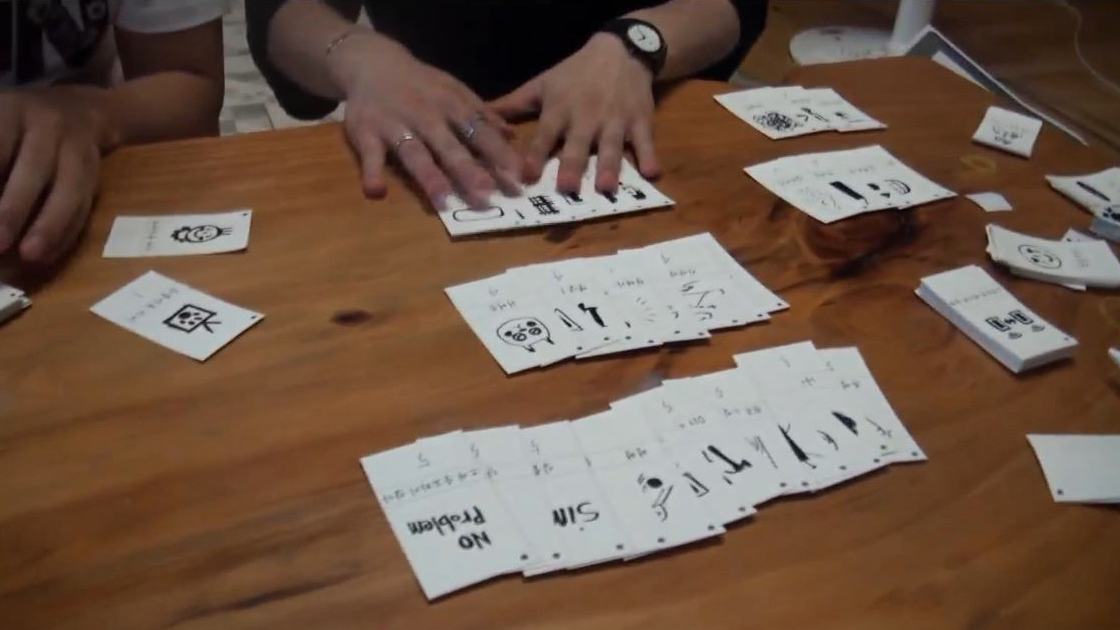UX Research for Smart TV

UX Research for Smart TV
To offer consumer a new shared and engaging, context-aware, watching experience with Philips TVs ecosystem in the year of 2020. To achieve this goal the designers research group will perform a context mapping field research, thus building a stronger empathy with end users. Context Mapping research borrows techniques from ethnography, social-sciences and market research and aims to gather insights from the field, collecting real stories, allowing designers to observe at first-hand how people experience their products. All insights captured shall be reviewed, analysed and clustered to support the concept creation phase.
Research Goal
Rethink TV-watching experience to meet users expectation and their actual content-consumption experiences.Upon arrival
Introduce the roles of each one of you. Explain that there will be a note-taker, a person filming, a audio recorder, photos will be taken, but assure your user (and their family, if they are also present) that no material capture, names or any sensitive material will be made public and serve for the research and design inspiration alone. Explain that the note takers/observers should stay quiet as a Fly on the Wall observing and capturing any insight they may find interesting.You and Your house toolkit
(± 30 min)Run the collage with the user(s) and discuss the result with them on site. The goal is to see the role of TV in the household, if it does has any role still.
The Ideal TV toolkit
(± 30 min)Run the exercise with them, grading features, explaining the game to create the ideal TV. Run the card, selection and review the final result with the users. The main goal is to tap into their expectations around content watching in the future.
Closure
(± 15 min)Wrap up. Explain the next steps to give a sense of how the data collected will be abstracted and crossed with other users in this qualitative research. And that their data will be analyzed in Amsterdam to define patterns of behavior around Korean content consumption at home.
차세대 스마트 TV를 위한 사용자 경험 리서치
‹스마트 TV를 위한 UX 리서치 프로젝트›는 산학협력의 일환으로 ‘필립스(Philips) 디자인’과 ‘코리아 디자인 맴버쉽(KDM)’ 학생들과의 협업으로 진행 되었다. 본 리서치는 미래 차세대 필립스 TV 생태계를 통해 고객에게 제공될 새로운 TV 경험을 디자인 하기 위하여 진행 되었다. 대학생들로 이루어진 디자인 리서치 그룹은 공유, 맥락, 친밀감 이라는 키워드로 부터 연구를 시작 했다. 그들은 맥락 지도(Context mapping) 제작을 위해 필드 리서치에 착수하며 사용자에 대한 강력한 공감을 구축했다. 본 연구에 적용한 ‘맥락 지도 제작 리서치’는 민족지학, 사회과학 그리고 시장조사의 방법론을 혼합 차용하여 개발 하였다. 본 연구는 필드에서 수집된 통찰, 실화 등을 토대로 사용자들이 어떠한 제품을 기대하는지 분석하도록 도와준다. 수집된 인사이트는 검토, 분석되고 그룹 지어져 컨셉 창조 단계에서 사용되었다.
리서치 목표
사용자의 기대와 그들의 실제 콘텐츠 소비 경험을 만족시키기 위해, ‘TV 시청 경험’이란 무엇인가에 대해 다시 생각하기.도착시
도착하면 각자의 역할을 소개한다. 노트를 적는 팀원이 있고, 영상 녹화, 음성 녹음, 사진 촬영을 하는 팀원이 있다는 것을 알린다. 모든 기록은 연구 목적으로 사용될 것을 알린다. 사용자가 꺼리는 정보는 수집하지 않는다. 옵저버와 기록자는 조용히 주변의 것들을 기록하는데 집중한다.당신 그리고 당신의 집 - 첫 번째 툴킷
(± 30분)콜라주 툴을 활용해서 리서치를 시작하자. 이 툴의 목적은 그들의 집에서 TV가 어떤 역할을 하는지에 대한 기대를 추출하는 것이다.
이상적인 TV - 두 번째 툴킷
(± 30분) 두 번째 툴을 활용해서 리서치를 시작하자. 먼저 리서치 게임이 이상적인 TV를 만드는 게임이라는 것을 설명한다. 완료가 되면 사용자와 함께 리뷰를 해본다. 이 툴의 목적은 사용자가 기대하는 미래의 콘텐츠 소비에 대해 읽어내는 것이다.
마무리
(± 15분)마무리한다. 해당 정성 조사 리서치의 결과와 데이터가 다음 단계에서 어떻게 분석 되는지, 또 다른 사용자의 결과들과 어떻게 어우러질지 설명한다. 그들의 데이터가 암스테르담에서 “한국 가정에서의 콘텐츠 소비 패턴 정의”를 위해 분석 되어질 것이라고 알려 준다.




Credit
UX Researches for Smart TV - User Co-Creation session/ Courtesy of © Korea Design Membership 2015
UX Researches for Smart TV - User Co-Creation session/ Courtesy of © Korea Design Membership 2015
PROJECTS - Selected